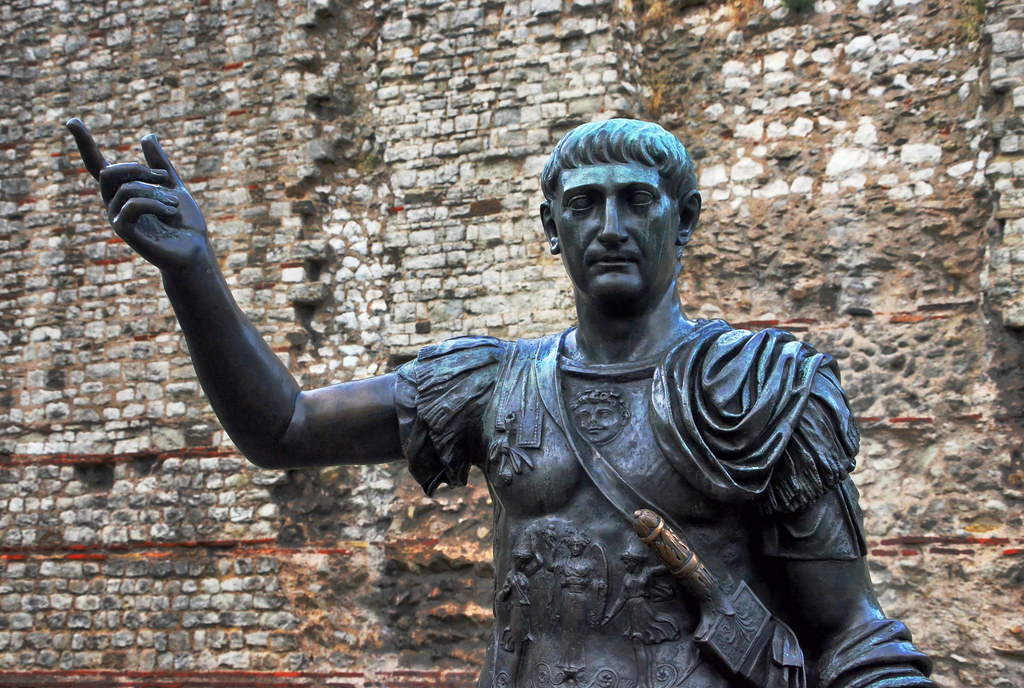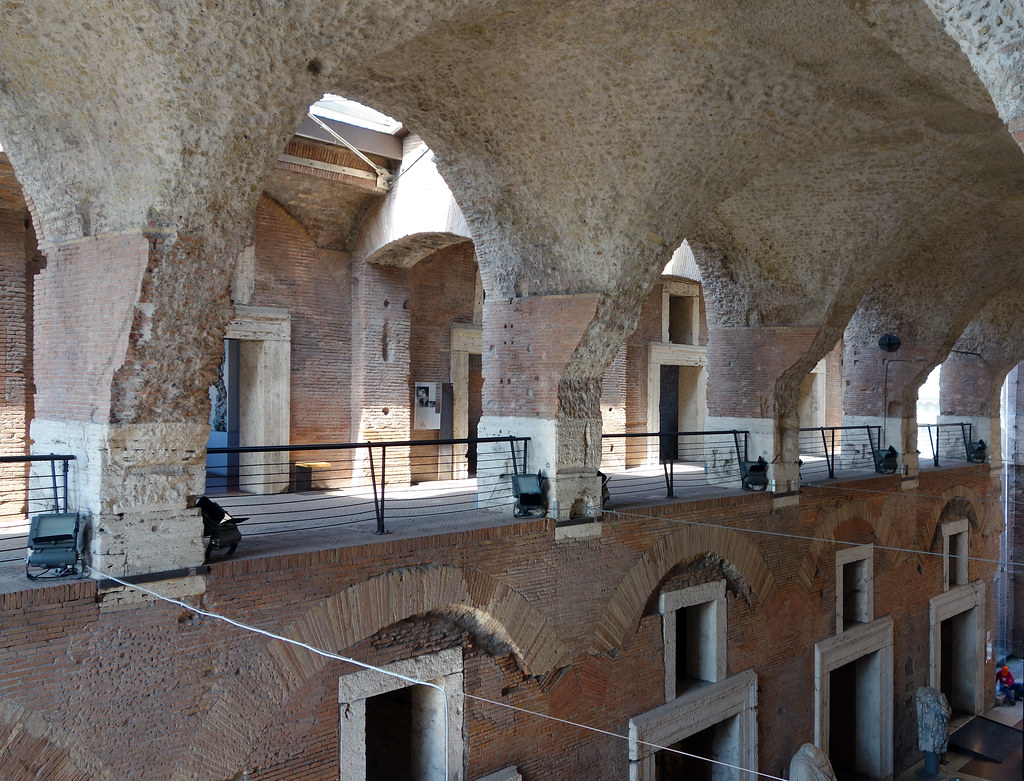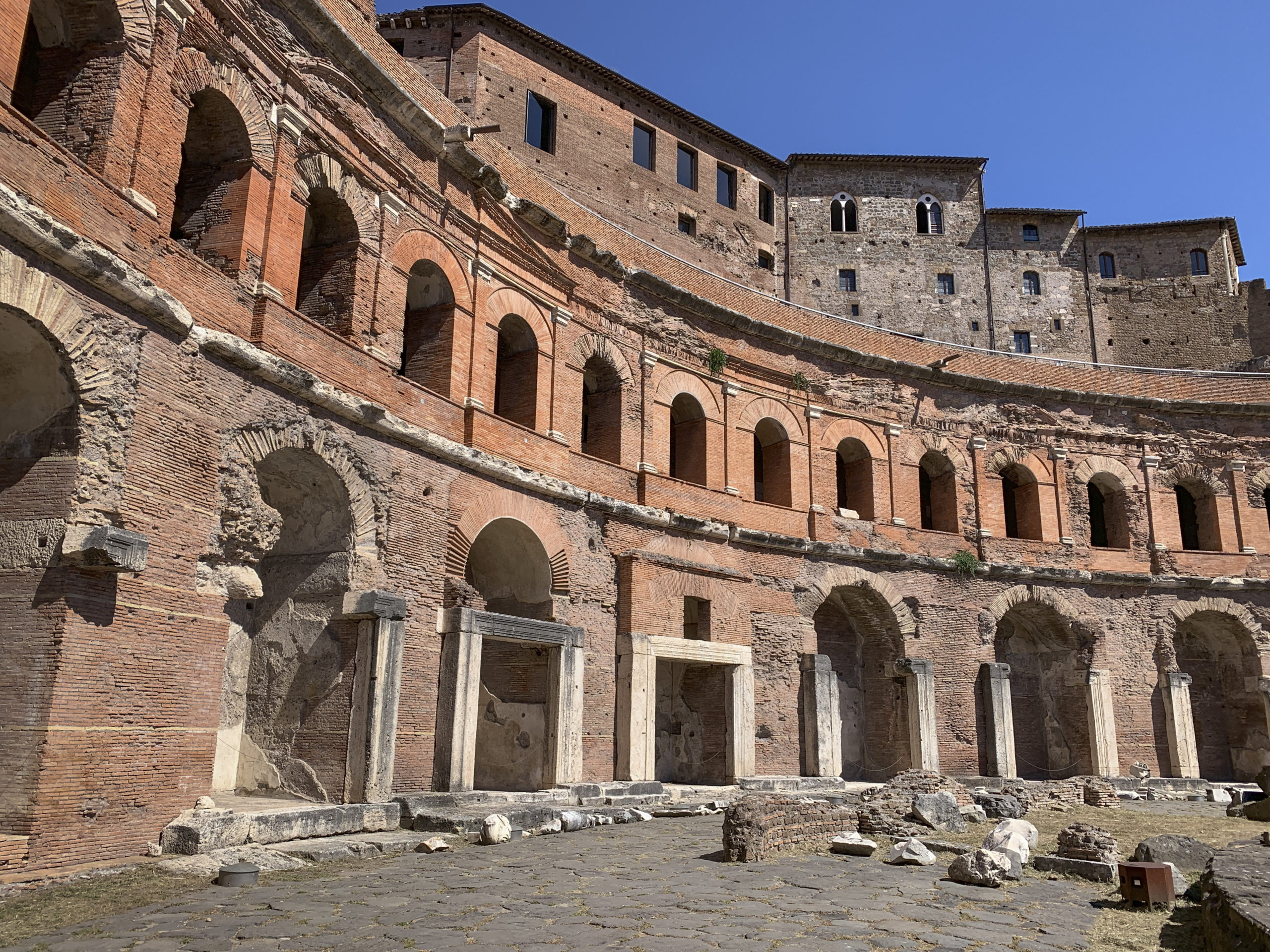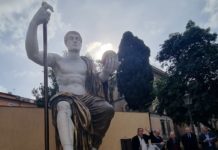Built around 110 AD, Emperor Trajan’s market is not that old in comparison to some of the other ancient Roman buildings still standing in Rome, but it certainly does not lack historical importance. For those traveling to Rome wanting to sink their teeth into the history of this great city, the market is a must see.
From the history of the building itself, to the making of the walls, to a giant elephant tusk, you won’t be disappointed when you visit. Here’s a sneak peak at what you can expect from the history of this landmark:
Emperor Trajan
The Roman Emperor Trajan served from 98 to 117 C.E., and was responsible for a major expansion of the empire. Trajan was well liked by the Roman people because he was able to keep life for Rome’s “middle class” stable and prosperous, and because he was not the type of emperor that felt the need to display his power through violence. He was not one to have his opponents killed.

The Market
Trajan’s market has had many different uses throughout history. During the time of Trajan’s reign, the market was an administrative building. It then became an army barracks, and later, during the Renaissance period, was a nunnery. The only thing this market never was was….a market.
When historians were first analyzing the building, the architecture suggested to them that it was what we would refer to today as a shopping mall. As time went on, however, that theory was disproved, but the name has remained the same.
The market was designed by Apollodorus of Damascus, Trajan’s personal architect. Hadrian, who would become the next emperor of Rome, was a skilled architect himself, but Trajan preferred Apollodorus, and thus, Hadrian was not given the opportunity to be Trajan’s architect. When Hadrian became emperor, he had Apollodorus killed out of jealousy.
The Walls
The architecture of the building is one of many large arches. These arches are made from a stone mixture that is majority limestone. This limestone mixture has held up extremely well, but the Romans were meticulous about making sure the building was reinforced, so the walls are lined with brick as a second layer of stability. The measure was unnecessary, as those who have studied the building say that the limestone mixture is quite strong, but the more the better when it comes to preserving ancient structures!

The Genius of Augustine
As you walk through the market, you will come across the ruins of an ancient statue known as The Genius of Augustine. As named, the statue depicts the Roman emperor Augustine, the empire’s first emperor. This name has a double meaning, though. The Genius is so named for Augustine’s intelligence and knowledge, of course, but the term genius also refers to an otherworldly person, a deity if you will. The statue pays homage to Augustine’s brilliance and importance to Roman history.
Mussolini and the Elephant Skeleton
When Mussolini took control in Italy, he wanted a street dedicated to him that rivaled those dedicated to the great leaders of Rome’s history. So, as any totalitarian dictator would do, he excavated one of the most historical parts of the city in honor of himself.
Via Dei Fori Imperiali runs from the Altar of the Fatherland to the Colosseum. In making his grand road, Mussolini destroyed buildings and houses, and even uncovered ancient ruins and remains. One of the more significant discoveries made during the excavation was the skeleton of an elephant. Inside the market, the elephant’s tusk can be found on display, along with a detailed history of the making of Mussolini’s Via Dei Fori Imperiali.








